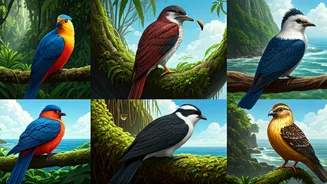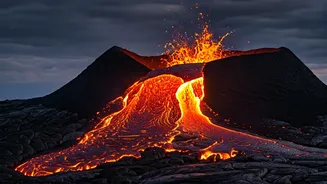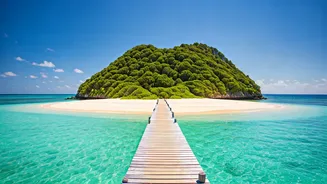Mauritius Kestrel
The Mauritius Kestrel, a diminutive falcon, is a symbol of successful conservation. Found only on the island of Mauritius, this bird faced near extinction
in the 20th century, with its population dwindling to single digits. Habitat loss and pesticide use contributed significantly to its decline. Conservation efforts, including captive breeding and habitat restoration, brought it back from the brink. These efforts have enabled the population to recover, making it a great example of conservation success. The Mauritius Kestrel showcases how dedicated human intervention can help save a species.
Bermuda Petrel (Cahow)
The Bermuda Petrel, affectionately known as the Cahow, holds the distinction of being a 'Lazarus species' – one that was believed extinct. Rediscovered in 1951, this seabird nests only in Bermuda. Historical overhunting and habitat destruction took their toll, and they were considered gone for over 300 years. The Cahow's comeback is a testament to perseverance. This species benefits from rigorous monitoring and protection of its nesting sites. As their population continues to recover, the Bermuda Petrel stands as an encouraging symbol of the success of conservation efforts.
Kiwi (New Zealand)
New Zealand's Kiwi is a flightless bird, an unusual feature for its avian family. These nocturnal birds have a unique appearance, with a long beak and strong legs. They occupy various habitats across New Zealand, from forests to scrublands. The Kiwi faces numerous threats, including introduced predators like stoats and cats, along with habitat destruction. Different conservation programs, predator control initiatives, and community involvement are essential to protect these important birds.
Seychelles Magpie-Robin
The Seychelles Magpie-Robin, a songbird, is another conservation success story. Once on the verge of disappearing, it was brought back from the brink of extinction. The population was severely diminished by habitat loss and invasive predators. Successful conservation programs, which involved removing predators and translocating birds to safer islands, contributed to a significant increase in its numbers. It now thrives across several islands in the Seychelles, highlighting the positive results of focused conservation management.
Apapane (Hawaii, USA)
The Apapane, a vibrant honeycreeper, is native to the Hawaiian Islands. Its striking red plumage and curved beak are ideally suited for extracting nectar from flowers, playing a critical role in pollination. Habitat loss and invasive species threaten the Apapane population, impacting its survival. Efforts to protect the remaining forests and manage invasive species are vital to conserve this unique bird. Protecting the Apapane is integral to protecting the broader Hawaiian ecosystem.
Kakapo (New Zealand)
The Kakapo, a flightless parrot, is one of the world's most unusual birds. Native to New Zealand, it's the heaviest parrot species. The Kakapo is critically endangered due to historical overhunting and predation by introduced animals. Its survival depends on intensive management. Conservation efforts include predator-free islands, supplemental feeding, and assisted breeding. The Kakapo represents extraordinary dedication to preserving a remarkable species.
Philippine Eagle
The Philippine Eagle, an impressive bird of prey, can only be seen in the Philippines. It is one of the largest eagles, known for its majestic appearance. Deforestation and hunting severely endanger this eagle, leading to rapid population decline. Conservation efforts focus on protecting its rainforest habitat and controlling hunting. The Philippine Eagle symbolizes the need for habitat conservation and the protection of biodiversity, as well as the need for long-term protection.










